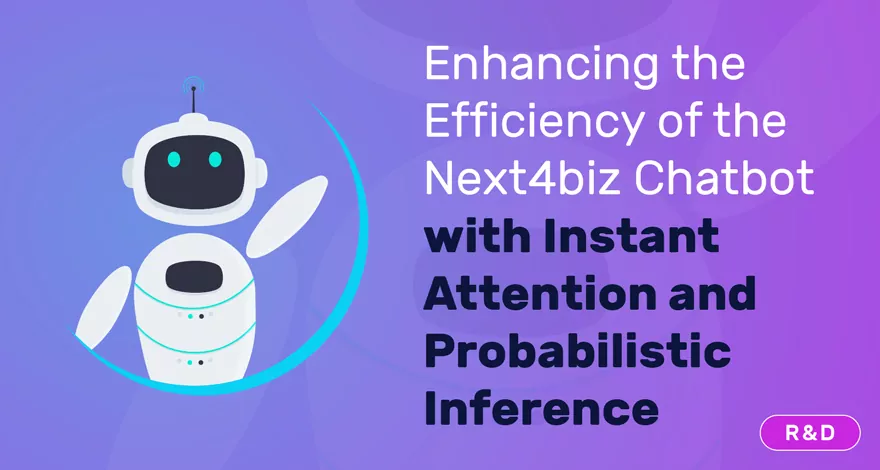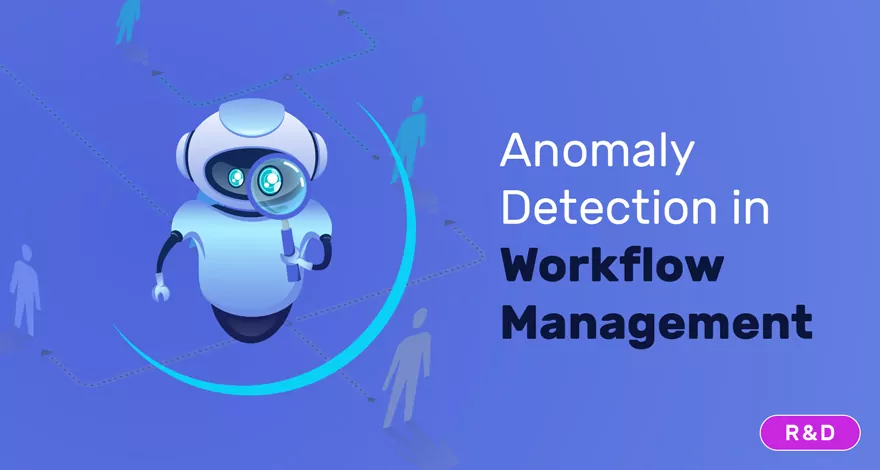Demo

Service-Level Agreements (SLA) refers to a commitment of a service provider to a customer (or client) and comprises:
- A description of the service(s)
- Metric(s) applicable to the service performance measurement also known as Service-Level Indicators (SLI)
- Service performance standards or the target values for SLIs to be attained or Service-Level Objectives (SLO)
SLAs typically also,
- Demarcate areas of responsibility between the parties and determine the channels and structure of inter-party communication and
- Specify rewards and penalties applicable to the service provider with respect to the difference between service level objectives and attained service levels.
Historically, SLAs were first employed by telecom operators but are now used as the foundation of customer service management across many industries, from commercial technical support to government services.
SLAs are not only used for organisation-customer contracts but are also widely employed between different departments and/or locations within organisations to ensure uniformity of service quality.
Critical Issues in SLA Design
Service level agreement report should address the following areas:
- Description of service to be provided: Nature of service, functions covered (operations, maintenance, infrastructure etc.)
- Service level indicators for the service provided: Many indicators are possible including capacity, reliability, availability, responsiveness, accessibility, and average completion times.
- Service level objectives for the service provided: For each SLI, the minimum service levels to be maintained by the service provider.
- Service level monitoring and reporting: Methodology and resources employed to supervise and monitor performance levels covering techniques, frequencies, reporting and customer access for data collection and statistical analysis.
- Penalties and rewards: Determining consequences for the service provider due to under-performance (not meeting SLOs) and over-performance (achieving higher service levels than SLOs). Under-performance may include severe repercussions for the service such as refunds, discounts, compensation and termination. Communication and dispute resolution procedures for under-performance should also be addressed within this area.
- Issue management: How problems will be pre-processed and reported by the customer and time ranges for issue response, investigation, resolution and conclusion.
How is service-level performance measured?
The execution of an SLA necessitates calculation of SLI values and comparison with SLOs to determine performance and follow-up actions accordingly.
Service Availability Ratio (SCR)
SCR is the ratio of time that a service is available in a given period.

To illustrate; if the service period used for calculations is a week and the time during which the service was unavailable is 4 hours then the calculation of this SLI is as follows.

Average Response Time (ART)
ART is the average time that elapses between a support request being created and the first documented action taken.

To illustrate, assuming that in a given hour the following 5 issues were recorded and responded to:
| Issue | Recorded | First action | Response time (min) | |
| Action | Time | |||
| Issue #765 | 10:02 | Forwarded to technical service | 10:04 | 2 |
| Issue #766 | 10:13 | Forwarded to finance | 10:17 | 4 |
| Issue #766 | 10:26 | Directly resolved | 10:27 | 1 |
| Issue #767 | 10:37 | Forwarded to finance | 10:39 | 2 |
| Issue #767 | 10:50 | Directly resolved | 10:52 | 2 |
Then we calculate ART as follows;

Average Resolution (Solution) Time (AST)
AST is a key indicator of how long customers should expect to wait for their issue to be resolved, and is an important parameter of customer experience. The calculation of this SLI, is similar to ART but with the time being calculated from issue recording to issue solution.

A lower AST, is of course desirable from the customer perspective, and indicates a higher performance level.
Customer Satisfaction Rating (CSR):
Customer satisfaction is an SLI. Customer satisfaction (CSAT) surveys present a practical way of measuring the degree to which customers are satisfied by the service they receive.
CSAT surveys are typically administered after the resolution of an issue. Drilling-down into customer issues and their resolution in the light of responses to surveys sheds valuable light on the reasons of customer (dis)satisfaction.
Bringing the parts together
Designing SLAs is a non-trivial task for all but the most simple service provision contracts between service providers and customers. One challenge is to determine suitable SLIs and associated SLOs. A significantly more challenging aspect is the measurement of realised service levels.

The ease with which SLA relevant statistics are generated and CSAT surveys conducted, is closely related to the capabilities of the CSM software in facilitating transparent and auditable customer service management/measurement.







